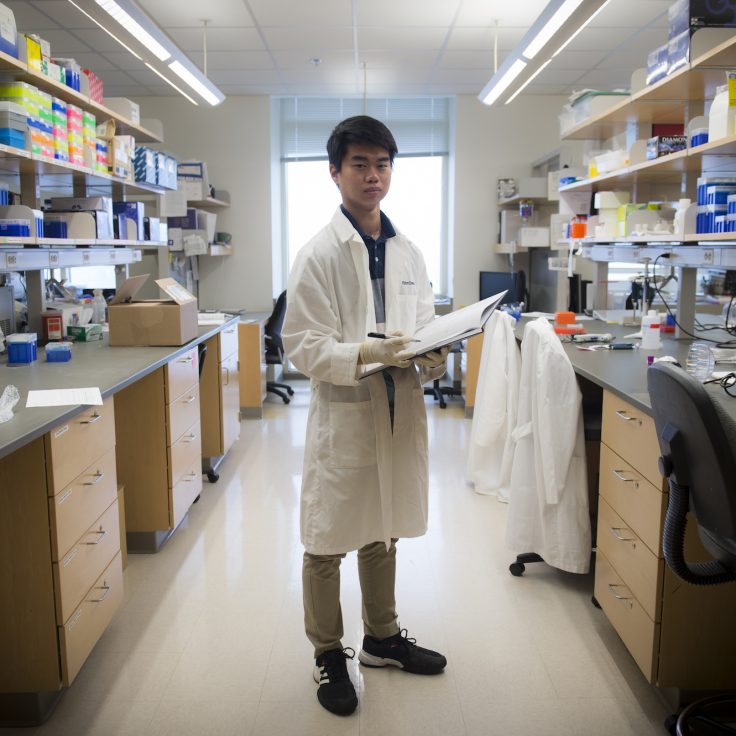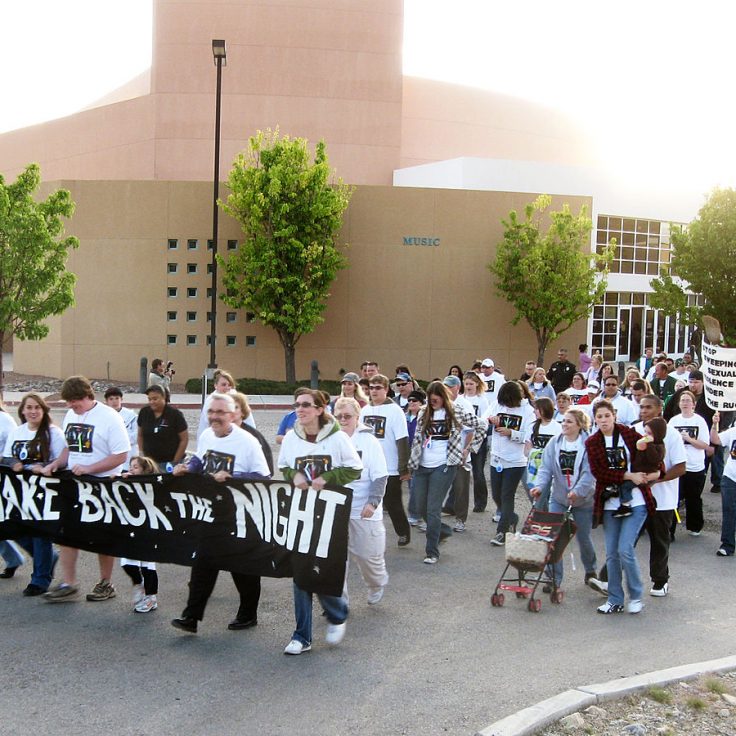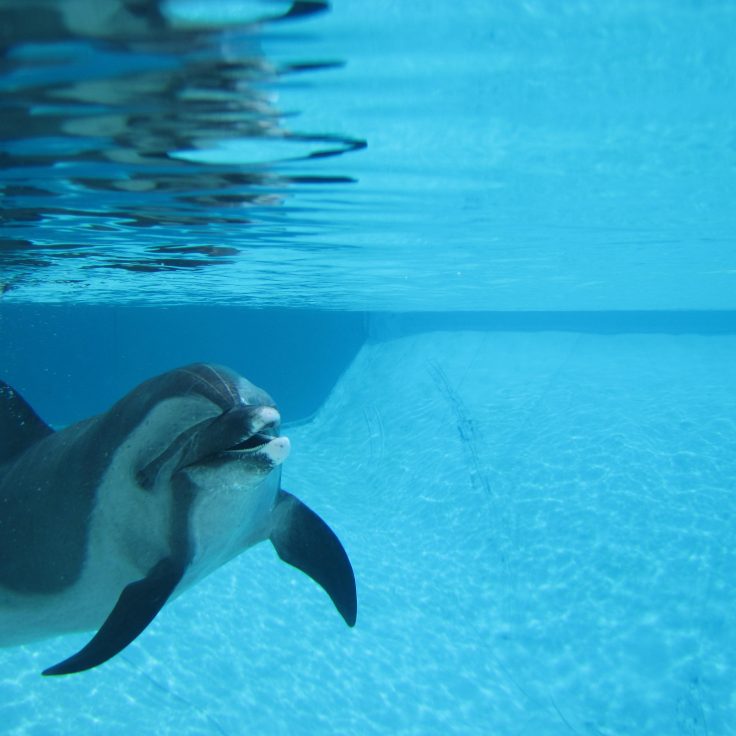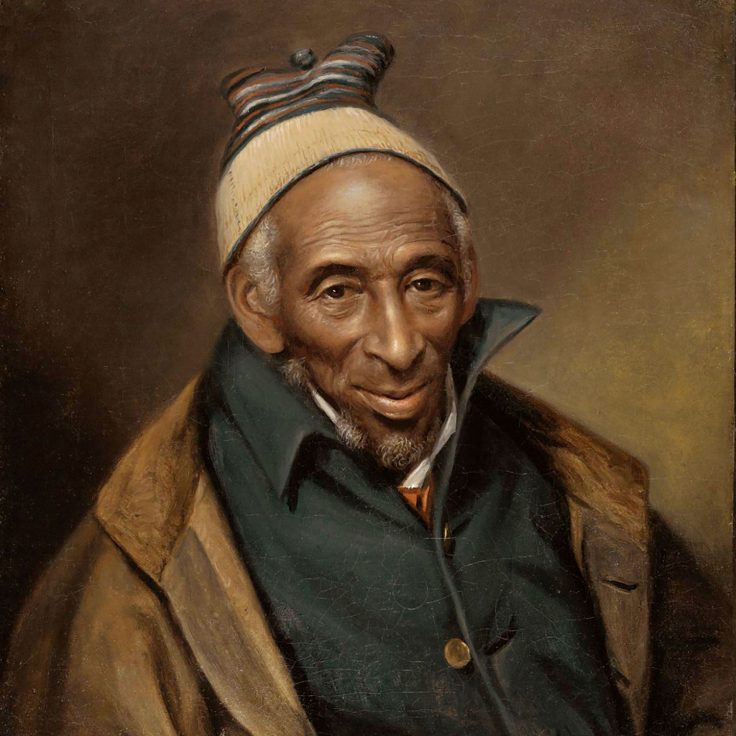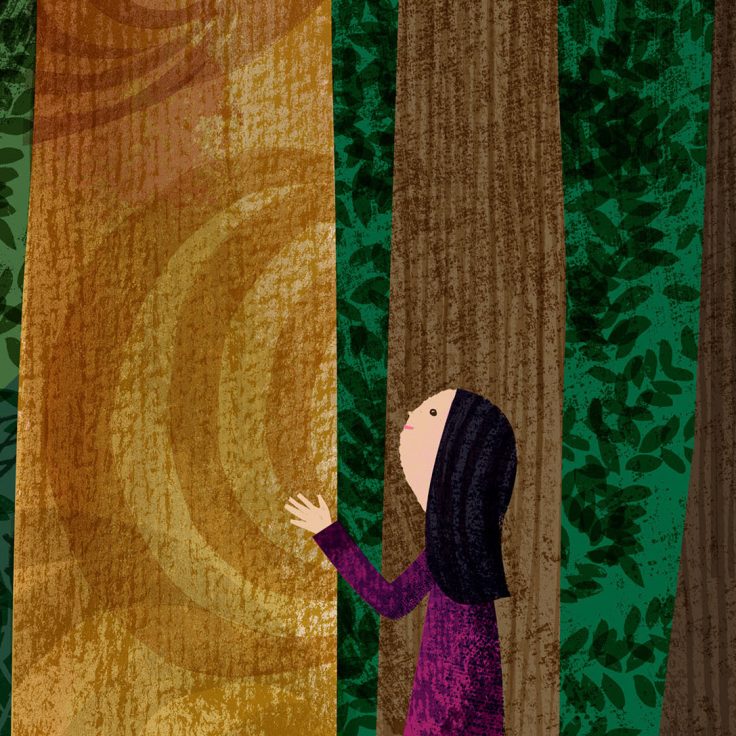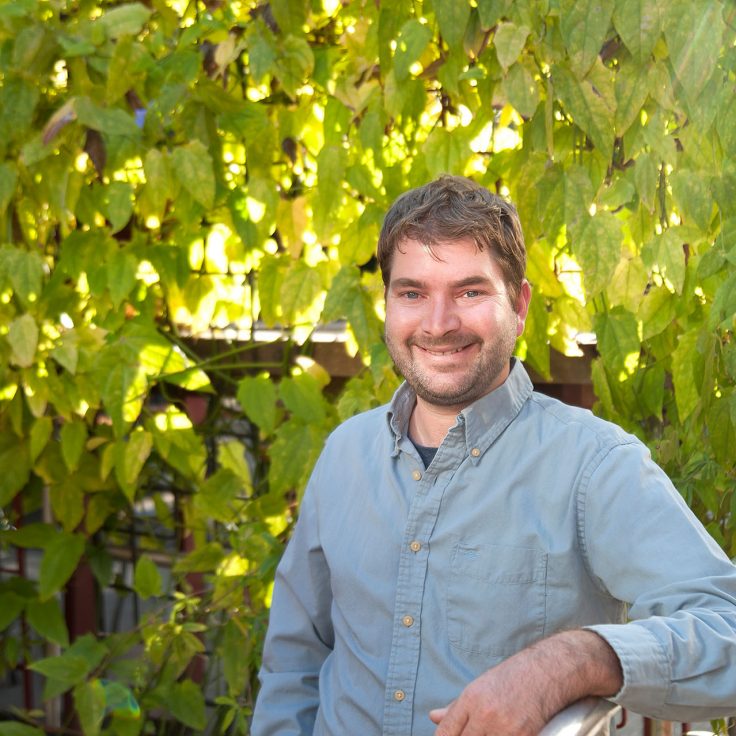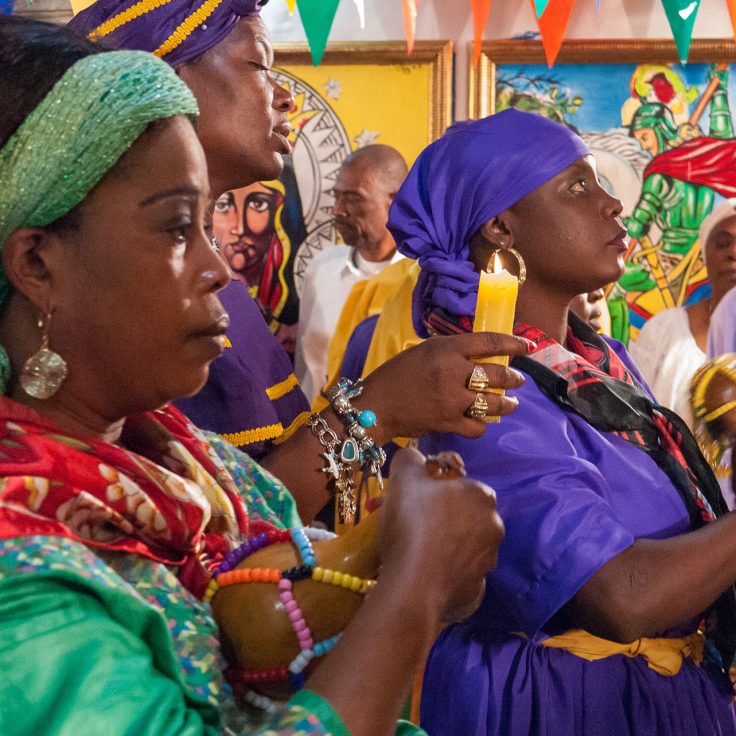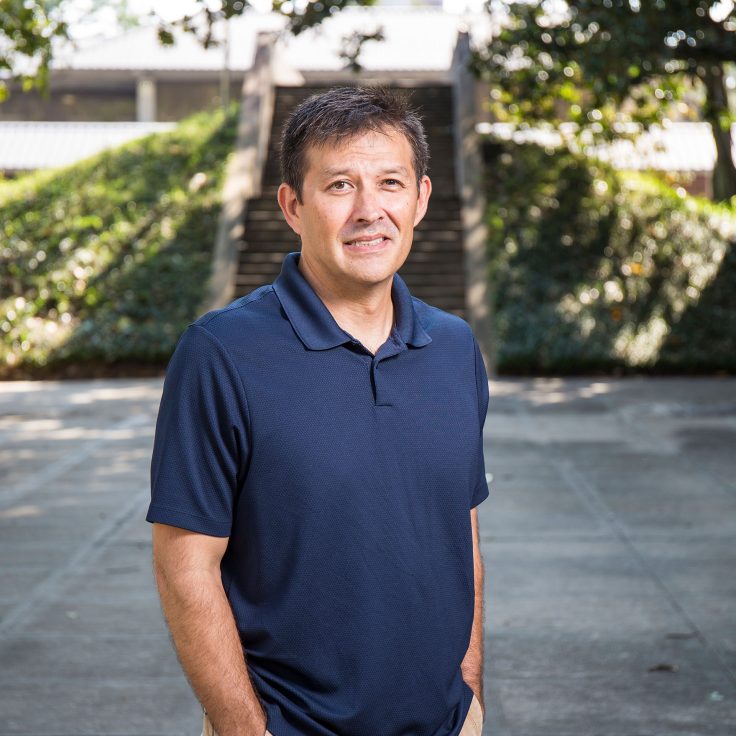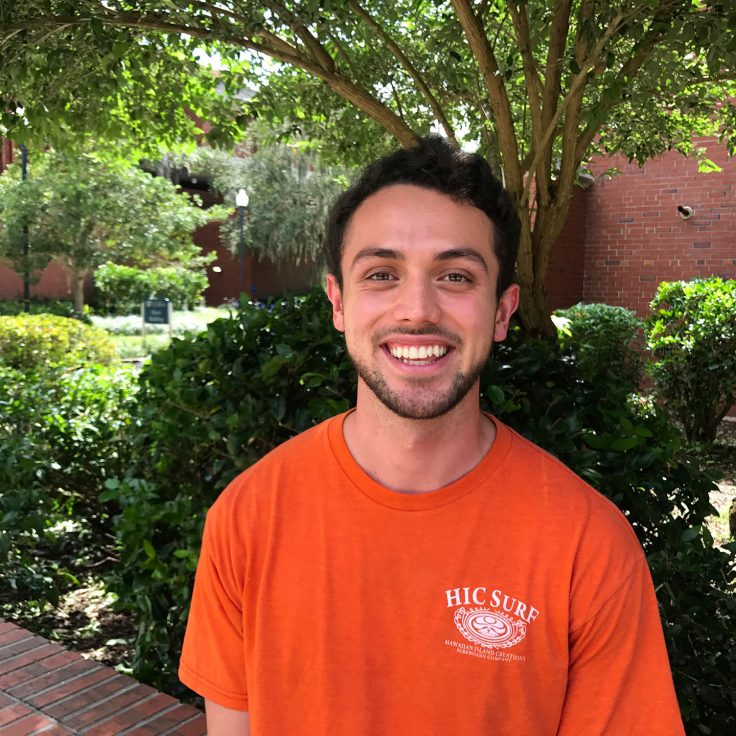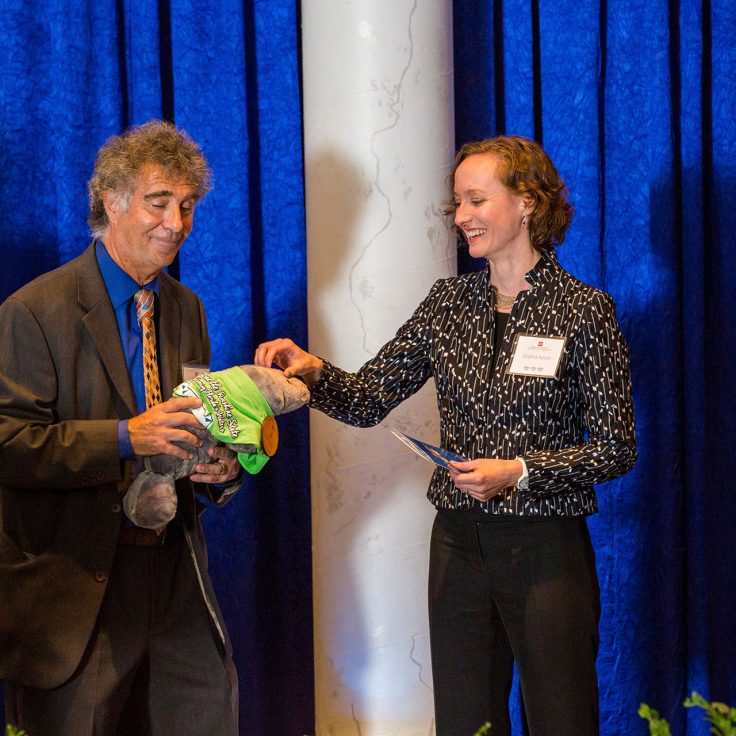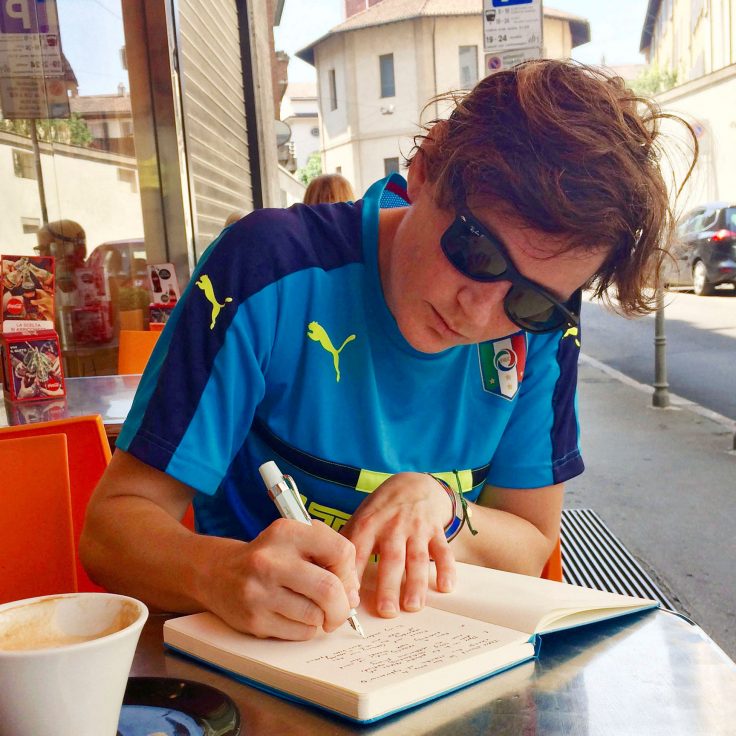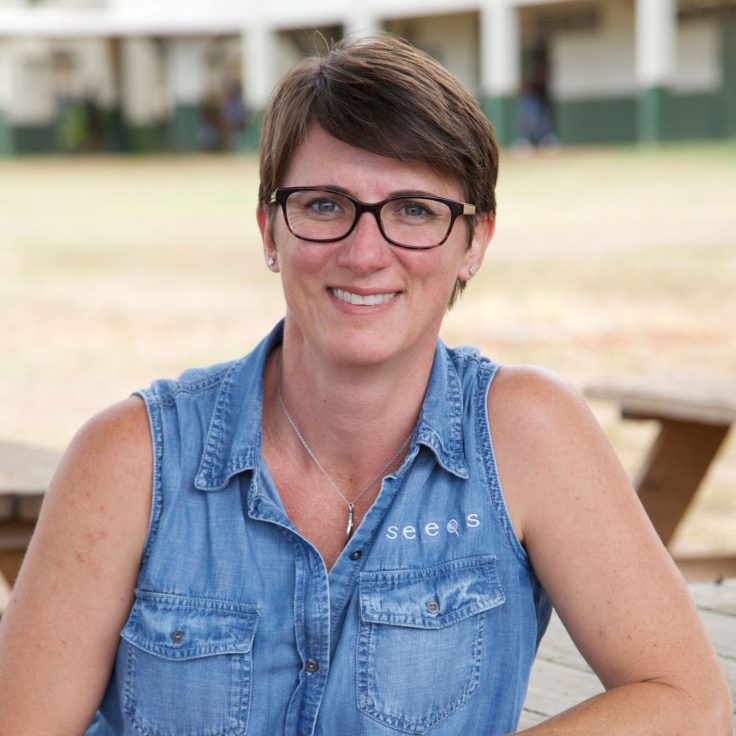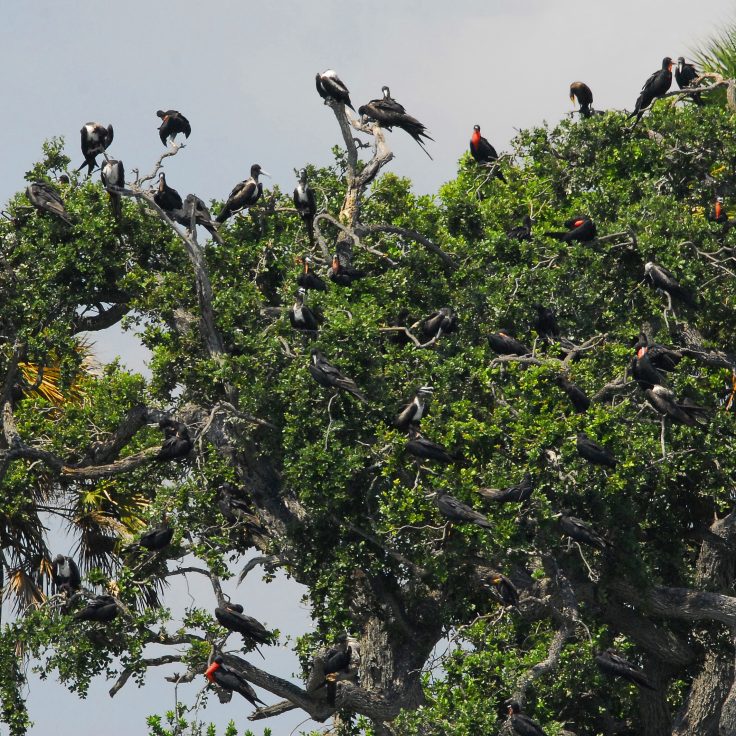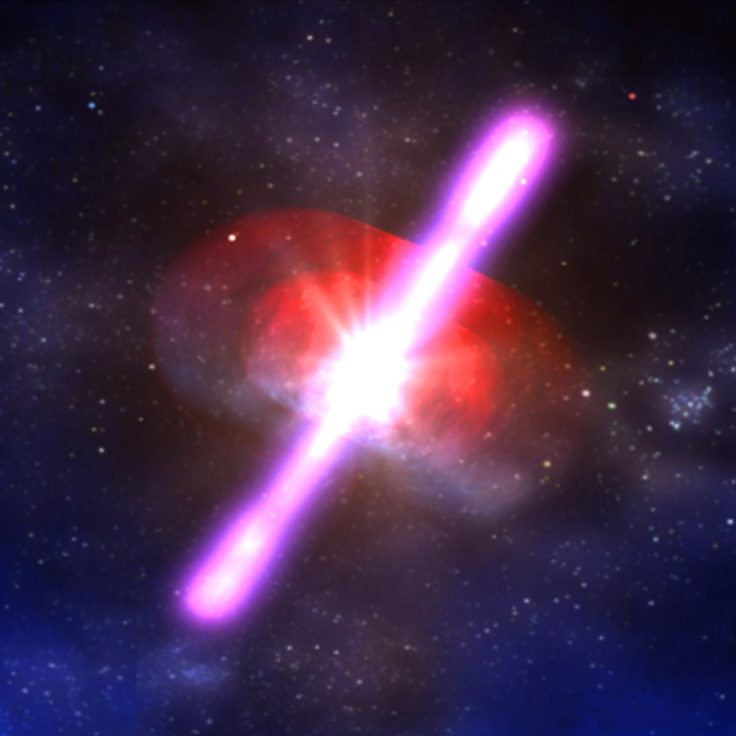Tag: College News
Goldwater Scholars
University of Florida student Aaron Sandoval, a sophomore, has been awarded a Goldwater Scholarship for the 2018-2019 academic year. Andrew Sack, a junior, was recognized with an Honorable Mention. Both are members of the UF Honors Program. Sandoval is a biology major and plans to earn an M.D. and a Ph.D. in Stem Cell and […]
ADMX announces breakthrough in axion dark matter detection technology
Forty years ago, scientists theorized a new kind of low-mass particle that could solve one of the enduring mysteries of nature: what dark matter is made of. Now the search for that particle has begun in earnest.
Breaking the Silence
The Center for Gender, Sexualities, and Women’s Studies Research welcomes Professor Maddy Coy, who is introducing a new undergraduate course, Violence Against Women, this semester. As sexual harassment and assault continued to be trending topics in the international conversation, it’s crucial to ground campus discussions in evidence and theory, says Coy.
Justice in the Age of Locker-Room Talk
The University of Florida psychology professor and expert on bullying, sexual harassment and violence in schools knows the truth: “Not all bullies are rejected outcasts; many bully not just because they can, but also because they want to,” she said, “so, why are we not moving forward on bullying?”
Playtime with Moonshine
Moonshine the dolphin is a special cetacean. Although a chronic liver problem has confined him to human care for the rest of his life, an interdisciplinary team that includes UF professor of psychology Nicole Dorey and alumna Barbara Perez ’14 has developed an enrichment program that includes several custom-made toys. The study, published on Oct. […]
The Legend in the Loam
Two UF alumni archaeologists unearth the home and legend of a freed African Muslim slave who became a financier in Georgetown at the turn of the 19th century.
The Forest for the Trees
Twenty-seven professors in the College of Liberal Arts and Sciences serve as affiliate faculty of UF’s Tropical Conservation and Development (TCD) program. Learn more about this essential initiative.
Global Issues — The Square Root of Poverty
UF researcher Calistus Ngonghala uses math to understand the spread — and prevention — of disease in sub-Saharan Africa.
Extracurricular — Russell Anderson
Russell Anderson M’17 has set a record for graduate certificates earned by one student, including four in the College of Liberal Arts and Sciences that he added to his master’s in sustainable development and practice.
Vodou and Valency
UF Haitian Creole specialist Ben Hebblethwaite unearths African and Haitian history from the mythology of Vodou songs and rituals.
Faculty Profile — Keith Choe, Biology
Keith Choe, associate professor of biology, studies mutations in C. elegans with the goal of understanding how cells respond to environmental stress and how this information could one day stave off aging and disease.
Student Profile — Chris Bell
Steeped in grassroots advocacy, this triple major is Beltway bound.
A Most Excellent Evening
On April 21, the College of Liberal Arts and Sciences launched an awards program to recognize the achievements and dedication of alumni, faculty, students, and staff in Emerson Alumni Hall.
Entrepreneurs and Innovators — Mike Neal
CEO and co-founder of DecisionNext, a San Francisco–based company that builds prescriptive analytics solutions for commodities-driven industries, discusses building a business.
Alumni Profile — Beka Steorts
A statistician takes stock of the Syrian civil war.
Newsworthy
UF physicists and astrophysicists are making waves.
Gator Good — Buffy Cushman-Patz
Alumna establishes a public charter school for sustainability in Hawaii.
The X-Labs
A new science paradigm for an interdisciplinary world.
The Starving Snakes of Seahorse Key
Mysteriously vanished waterbirds. Cannibalistic snakes. An island with no freshwater except for rainfall. It may sound like a Crichton novel or SyFy original movie, but it’s the reality of Seahorse Key, part of the Gulf Coast Cedar Keys that University of Florida biologists have been researching since the 1930s, when the renowned late zoologist Archie Carr first began studying the unusually large cottonmouth population there.
Solving Cosmic Puzzles
Neutron stars are dead stars collapsed into the densest form of matter known to humans, with a teaspoon of neutron star matter weighing a billion tons, and their collision creates a swath of galactic debris. Decades ago, stargazing scientists formed plans to detect signals from this debris. Now, in the new era of aptly named “multi-messenger astronomy,” two international projects have achieved this goal: On August 17 of this year, the Laser Interferometer Gravitational-Wave Observatory (LIGO)’s two U.S.-based interferometers and the Virgo Collaboration’s Italy-based interferometer detected for the first time gravitational waves — ripples in space-time traveling at the speed of light — from the collision and subsequent merger of two neutron stars. The detection occurred just three days after yet another “chirp” from colliding black holes.
